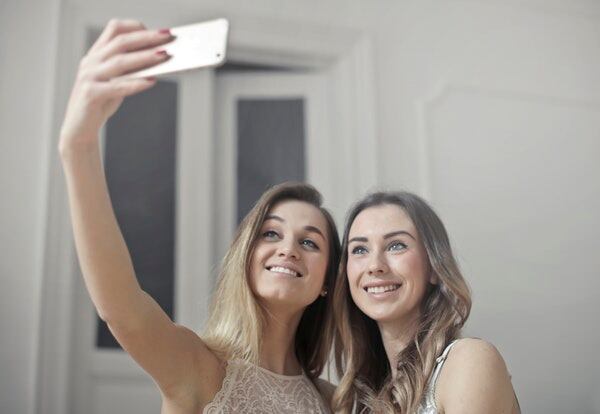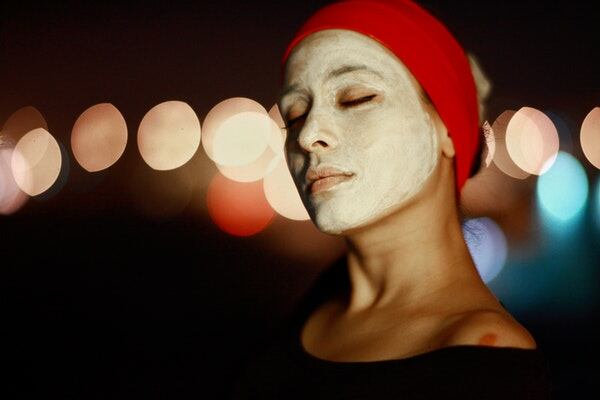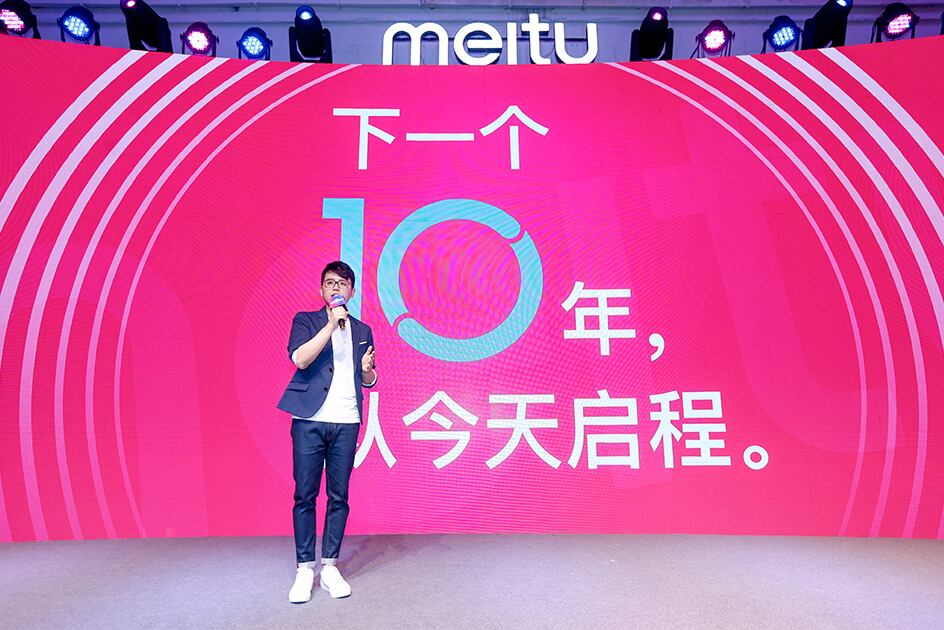Collaboration with micro and macro social influencers, curating valuable and informative content and providing unique virtual immersive experiences are changing consumer expectations and how they engage with leading beauty names.
Far more than a sales channel, social media platforms are a core element of marketing campaigns and communication efforts to help beauty brands stand out from their competition.
As mobile commerce (m-commerce) ramps up, our attention spans become shorter and more selective. The methods and techniques adopted by product launchers, therefore, need to translate brand vision, culture and authenticity fast and effectively.
Social media-driven brands
New players are utilising visual social media channels such as Instagram, adopting innovative campaigns to build a loyal following, and activating social gamification strategies — all in a bid to increase market share.
1. Glossier
Founder, Emily Weiss, started her beauty essential brand with her ‘In the Gloss’ blog. Through interviewing entrepreneurs, beauty ambassadors, models and magazine editors, Glossier sought to promote emotional empowerment.
After gathering information and industry recommendations on skin care routine trends, Glossier used Instagram to design selfie-focused packaging.
With the tagline, “skincare & beauty products inspired by real life”, Glossier produced pink packaging and even set up its own packaging hashtag, #Glossierpink. Taking the community sharing and peer-to-peer recommendation concepts a step further, the brand encourages user reviews and two-way communication to foster a credible, trustworthy and loyal relationship.
2. Ouai
This hair care name — which means ‘yes’ in a casual, nonchalant Parisian way — was thought up by founder, Jen Atkin. The hairstylist started the Hollywood haircare brand in a bid to disrupt the current crop of conventional players.
For Ouai, carving an individual, market-leading brand identity and strong value position did incorporate the elements of traditional formulation and packaging factors. However, it sought to go beyond these by developing and adhering to a strong digital and social media plan.
Recognising the popularity of selfie snaps with hair care buyers, Ouai committed to producing selfie-worthy items that interest, intrigue and influence consumers.
3. Milk MakeUp
Bright, bold, responsive, engaging — Milk MakeUp entered the cosmetics sphere in 2016. Exciting shades, almost-naked textures and simple and fast one-step applications are hallmarks of the brand’s collection.
Milk MakeUp incorporates beauty, fashion, art and music to create and communicate strong concepts with relatively low maintenance. This approach enables the brand to keep the cosmetics consumer at the forefront of all its social media marketing efforts.
By choosing a broaden audience base, Milk MakeUp’s bold and trendy brand can widen its digital strategy net. Its strategy comprises social media and an integrated editorial content strategy to convey its image.
Social media strategy: Looking ahead
Both business-to-consumer (B2C) and business-to-business (B2B) brands from all industries, geographies and personalities are accessing social media, producing consistent content, and crafting well-thought-out strategies.
It’s even more important, therefore, in the brimming beauty base that these brands forge a unique online identity through Instagram, exclusive and engaging content, innovative packaging and new technologies such as gamification to appeal to beauty shoppers.




